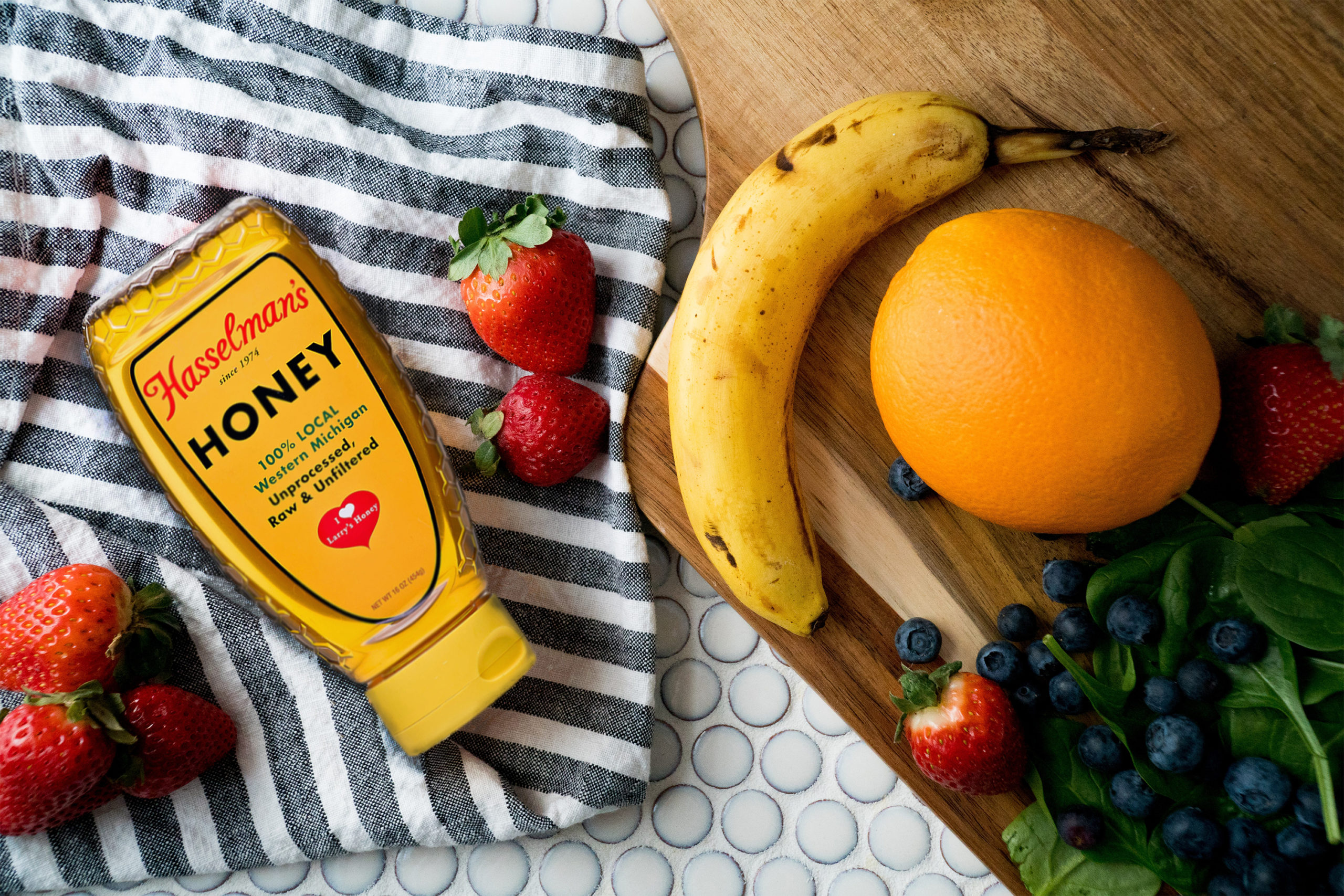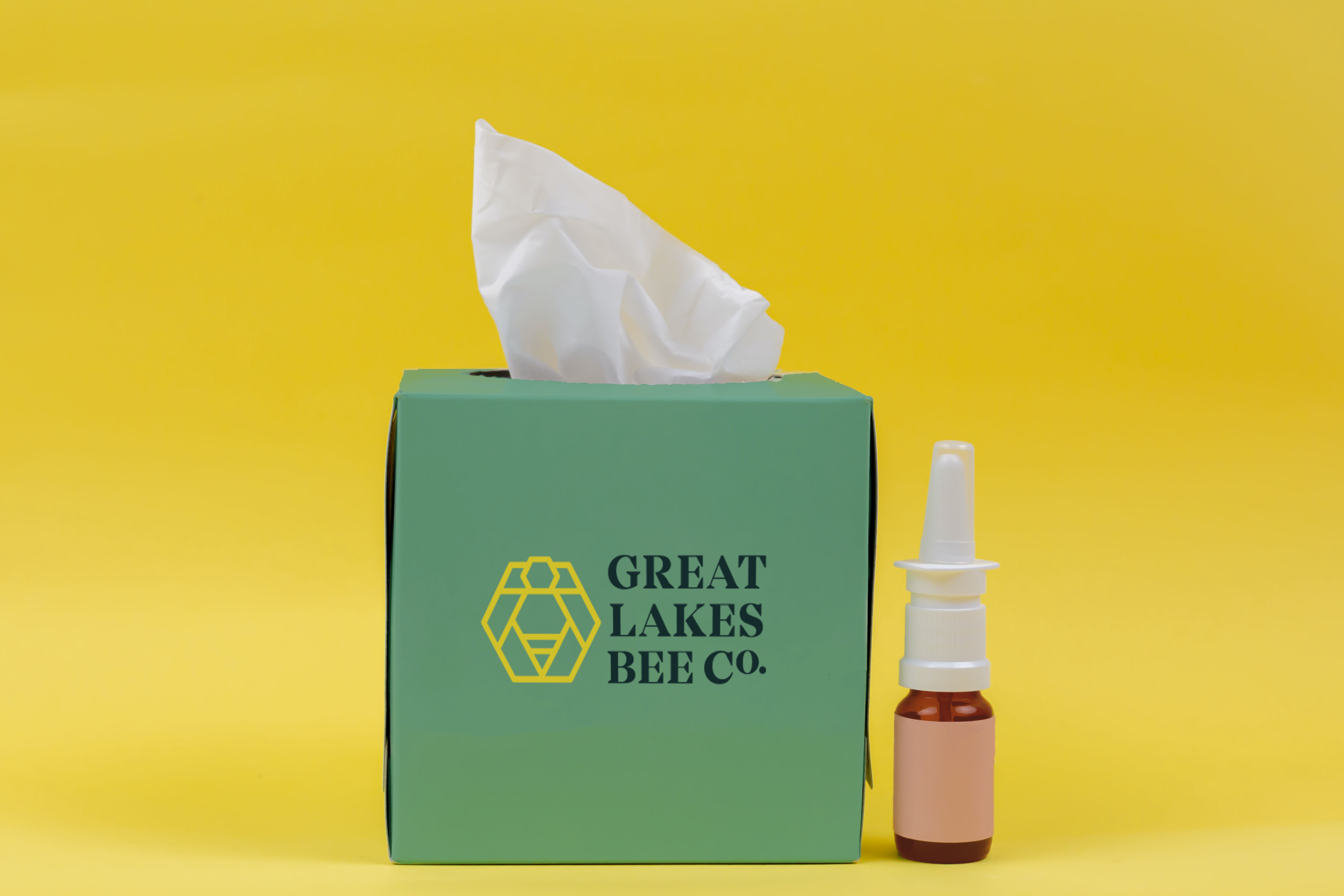
Honey is a healthy substitute for sugar and great for diet conscious folk. However, honey is so much more than just a sugar substitute. It is actually an ideal source of energy, far healthier than sugar and other energy sources, making it a highly efficient way for athletes and other active people to fuel their bodies.
Continue reading Honey Provides Superior Energy & Nutritional Benefits for Athletes








